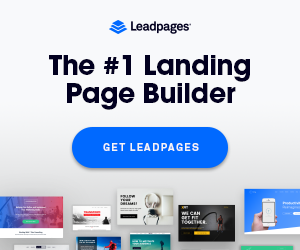Your website design directly impacts how visitors engage and convert. A well-designed website builds trust, enhances user experience, and drives sales.
From intuitive navigation to compelling calls-to-action, every detail matters. In this guide, you’ll learn proven strategies to turn casual visitors into loyal customers.
By the end, you’ll know how to optimize your design, messaging, and layout for maximum conversions.
Affiliate Disclaimer: I earn commission (get paid) if you click on the links and purchase a product below. My earnings do not impact the price you pay.
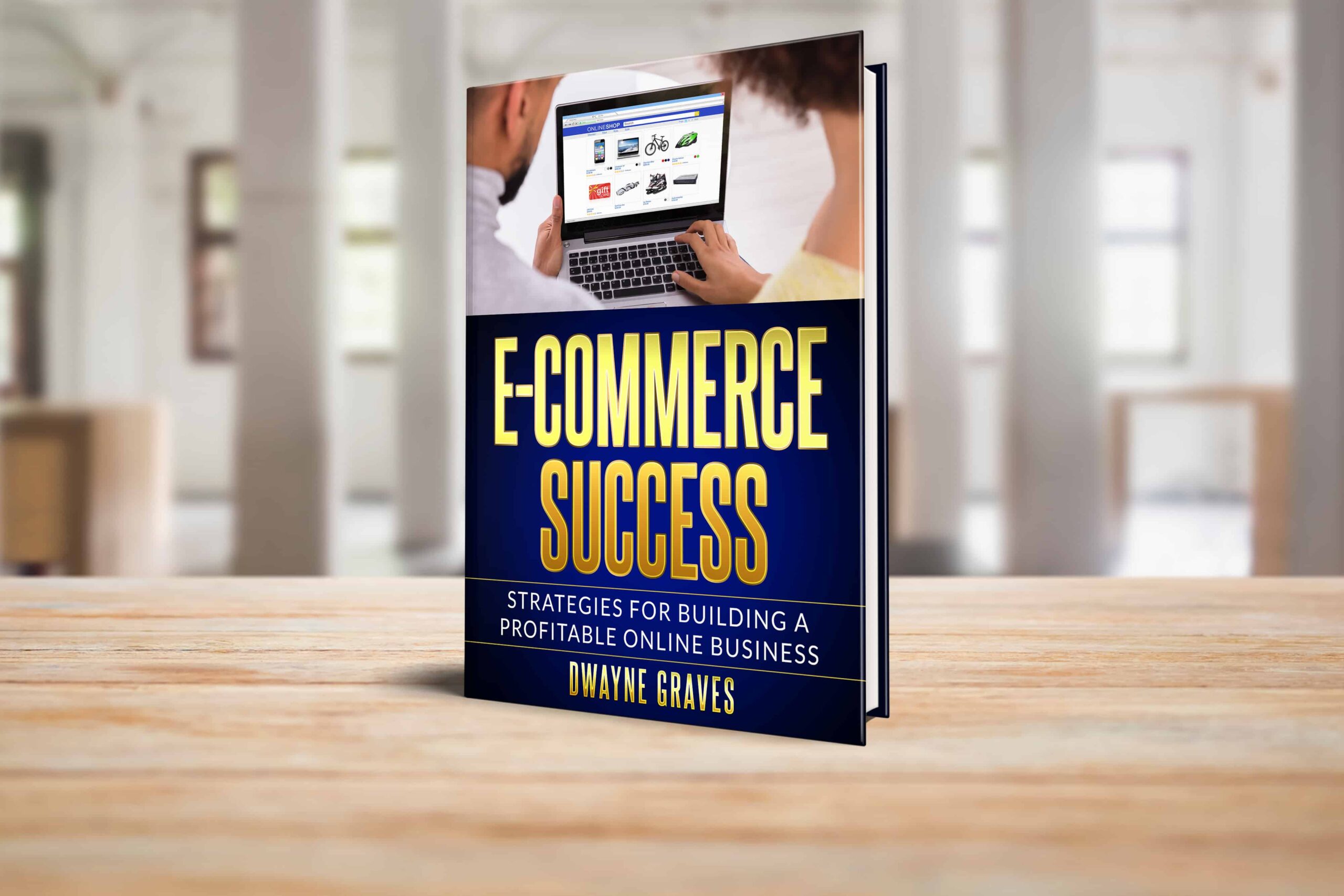
Ready to create a website that truly works for your business? Let’s dive in and transform your visitors into valuable customers!
Step 1: Understanding Conversion and Website Optimization
Before you create websites that convert visitors into customers, you must have a clear understanding of conversion and optimization.
What is Conversion?
Conversion happens when a visitor completes a desired action. It can be signing up, purchasing, or filling out a form. Conversion rate means how many visitors take these actions.
A higher conversion rate means your website effectively drives user decisions. Focus on clear calls-to-action and valuable offers to guide the customer journey.
What is Website Optimization?
Website optimization is improving your site to enhance performance and user experience. It ensures fast loading times, easy navigation, and mobile responsiveness.
A well-optimized website improves the customer journey, keeping users engaged and converting. This leads to business growth by turning visitors into loyal customers.
Why It Matters
Conversions and optimization work together to boost your bottom line. A seamless user experience builds trust and encourages action.
Regularly analyze and update your site to align with customer needs. When done right, website optimization directly impacts your conversion rate and business growth.
Take the time to understand these key concepts. They form the foundation of a high-performing website that turns visitors into customers.
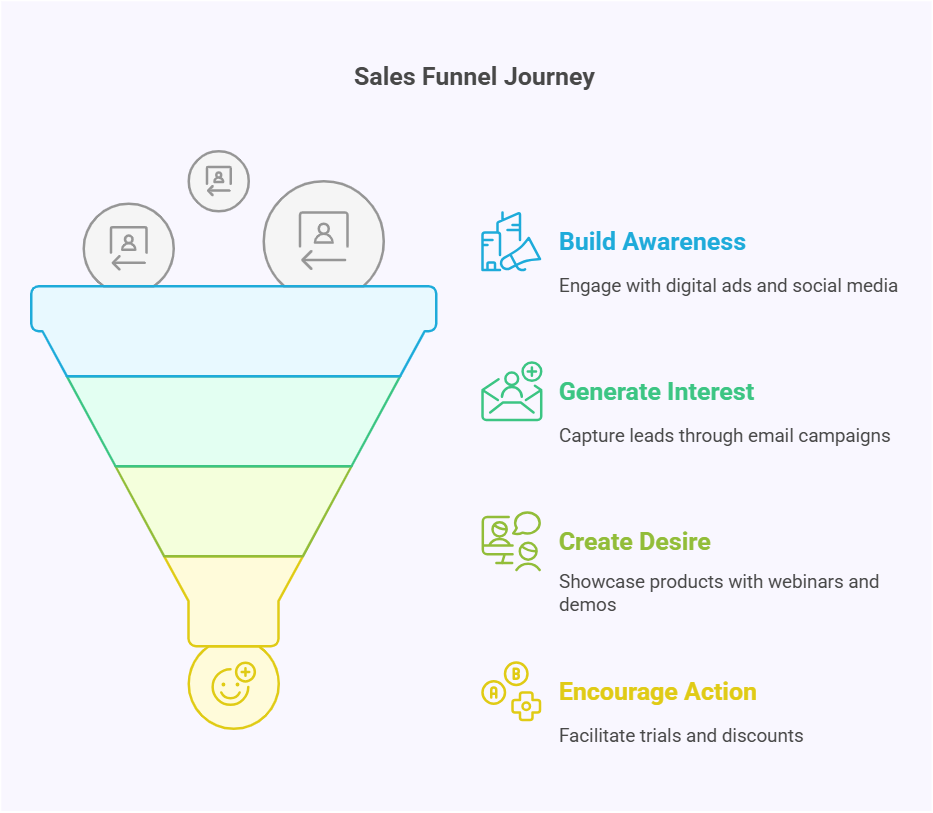
Step 2: Set Clear Objectives for Your Website
Every successful website starts with clear goals. Before you even start building your website, you need to figure out what you want it to do.
What are your goals? Do you want to collect email addresses, sell products, or simply provide information?
If you’re focused on lead generation, make sure your website has clear forms and compelling offers like free e-books or trials to entice visitors to sign up.
For sales, prioritize a smooth checkout process and create product pages that highlight the value of your offerings.
If your goal is to build relationships with your customers, consider adding a blog, creating engaging videos, or implementing a chatbot to keep visitors coming back.
The key here is to be specific. Don’t try to do everything at once. Choose a few key goals that align with your overall business strategy.
Set clear objectives to design your website with a purpose. And don’t forget to track your progress for future adjustments!
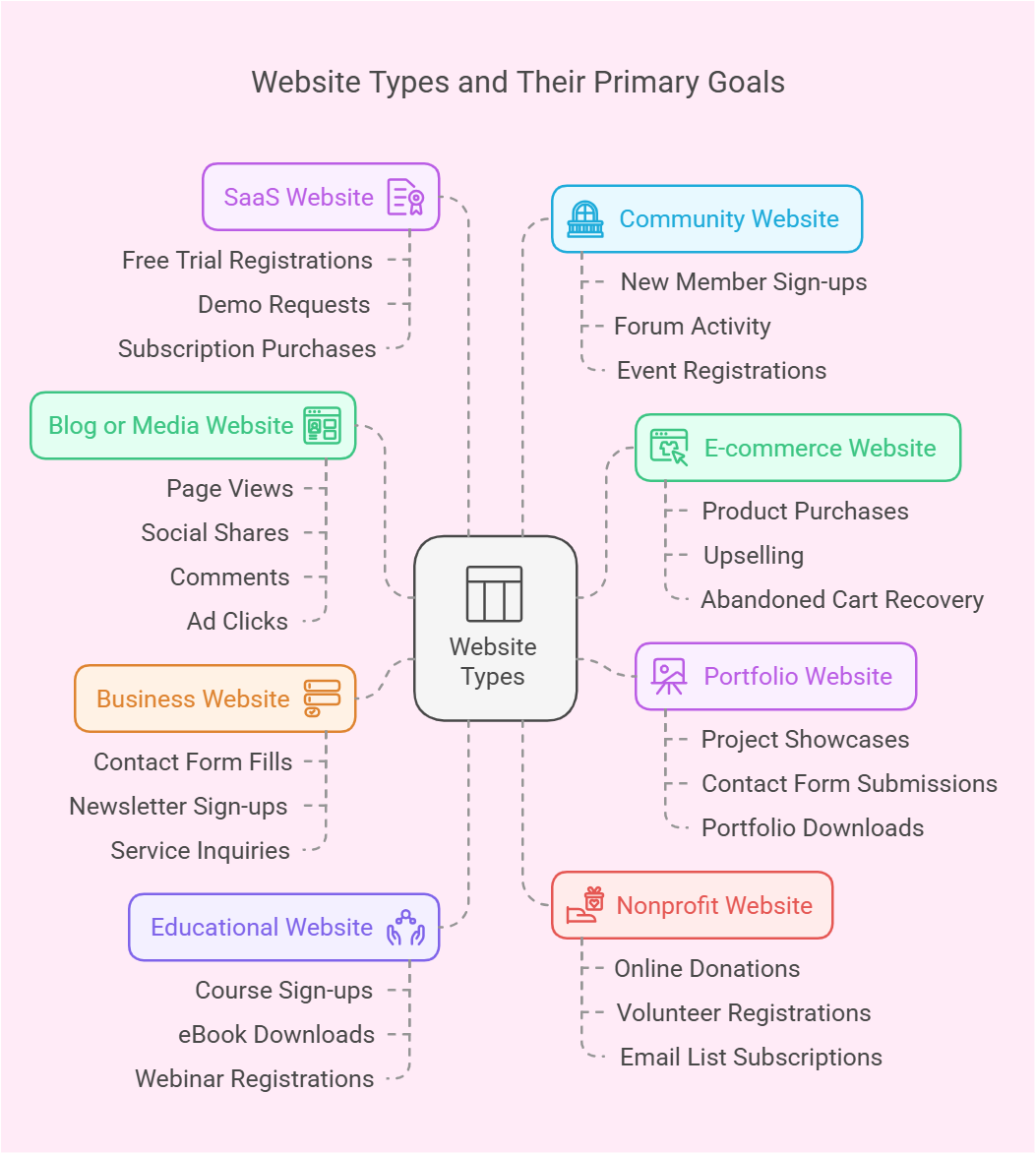
Step 3: Understand Your Target Audience
Before you even start designing, you need to understand who you’re designing for! If you build a house without knowing who will live in it; you’d end up with something pretty useless, right
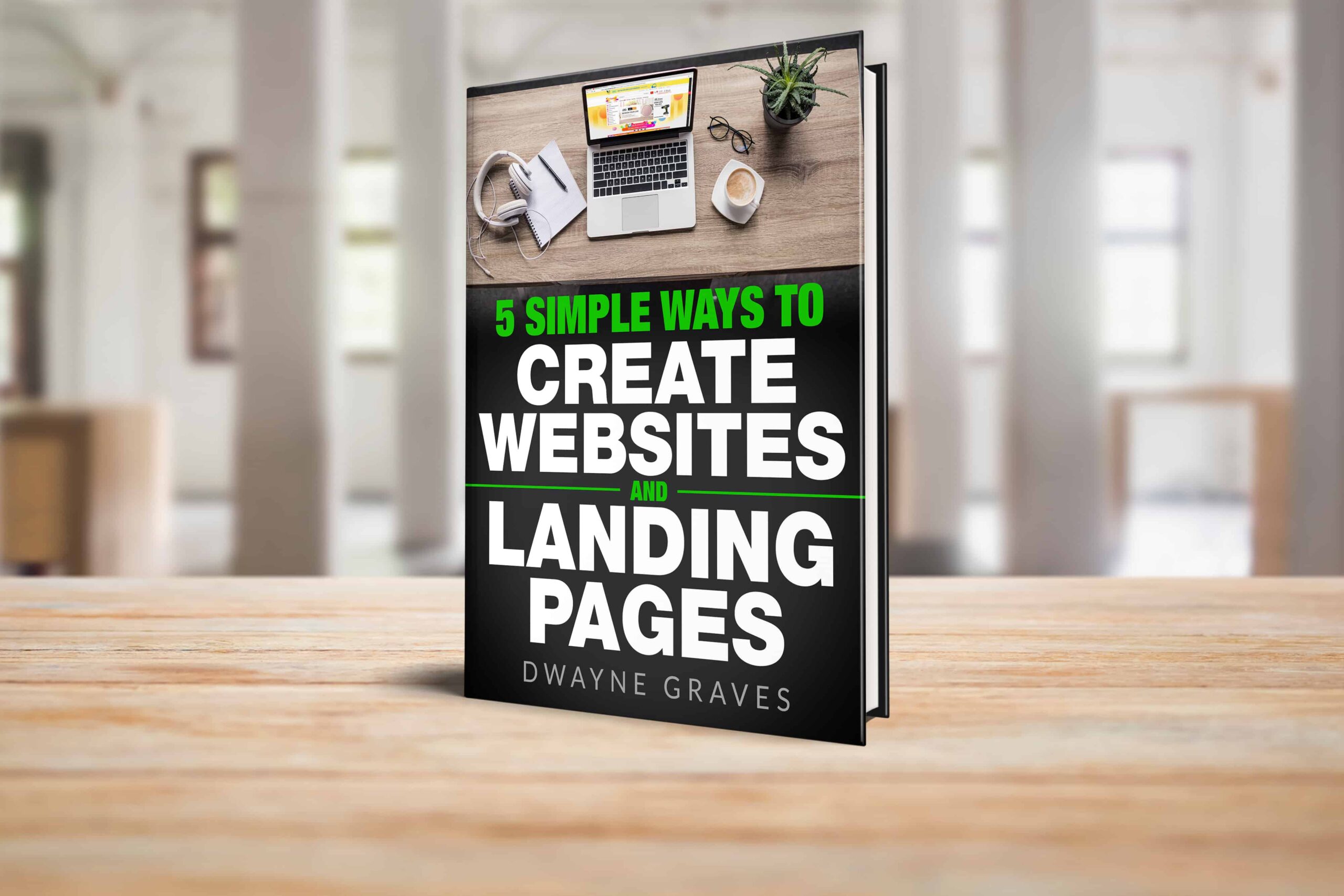
Download Your Free e-Book
5 Simple Ways to Create Website & Landing Pages
That’s why understanding your target audience is crucial. It’s like getting to know your ideal customer on a personal level.
- Create a Customer Persona: Imagine your ideal customer. What are their names? What are their hobbies? What are the challenges? The more detail you add, the better.
- Understand Their Journey: How do they find your website? What are they looking for? What kind of information do they need?
- Consider Their Preferences: Do they prefer visuals or text? Are they on mobile most of the time?
The more you know about your audience, the better you can tailor your website to their needs and preferences.
This makes your website more user-friendly and ultimately, more effective at converting visitors into customers.
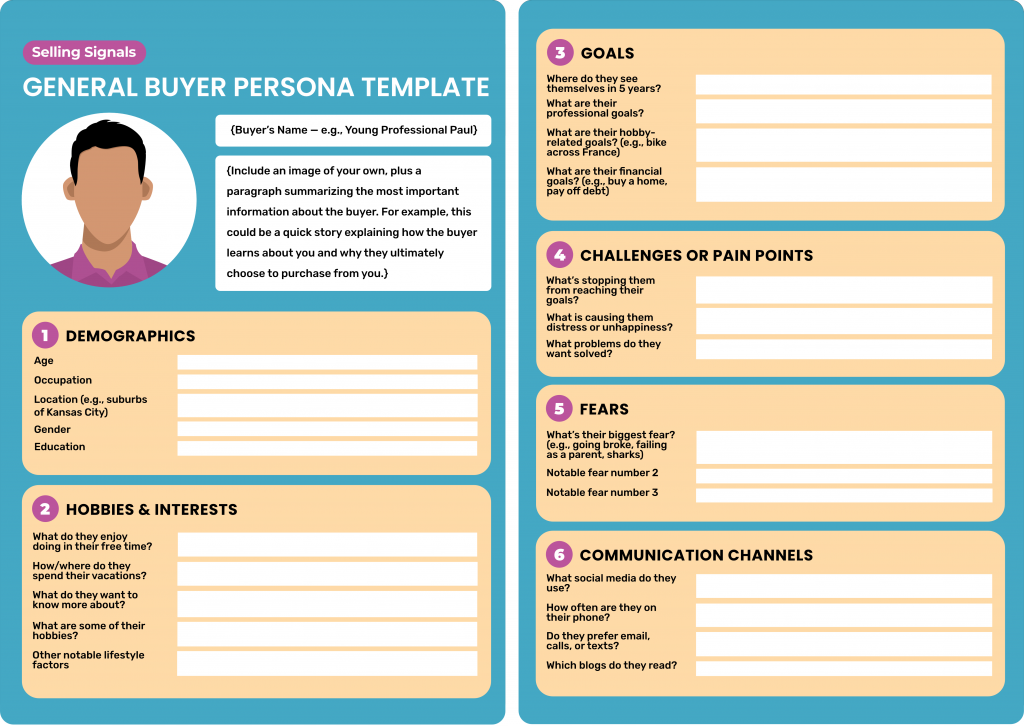
Step 4: Design a User-Friendly Website
A user-friendly website plays a key role in driving conversions. It ensures visitors enjoy their experience and are encouraged to take action. Here’s how you can create a design that works:
Easy Navigation
Your website navigation should be intuitive and straightforward. Use clear menus and logical categories to guide users effortlessly.
Fast Loading Times
A slow site kills conversions. Optimize page speed by compressing images and minimizing code. Visitors won’t wait for slow-loading pages.
Actionable Content
Your content should provide value and inspire action. Use clear, concise messaging with visuals to support key points.
Clear Calls to Action (CTAs)
Place CTAs where users can easily find them. Phrases like “Get Started” or “Buy Now” encourage clicks.
Consistent and Clear Branding
Your branding should reflect professionalism and trust. Use consistent colors, fonts, and logos across all pages. Responsive design ensures your brand looks great on all devices.
Simplify Forms and Checkout Process
Lengthy forms deter users. Collect only essential information to make mobile optimization seamless. For e-commerce, streamline checkout with minimal steps.
Social Proof
Showcase testimonials, reviews, or logos of trusted clients. Social proof builds trust and reinforces your credibility.
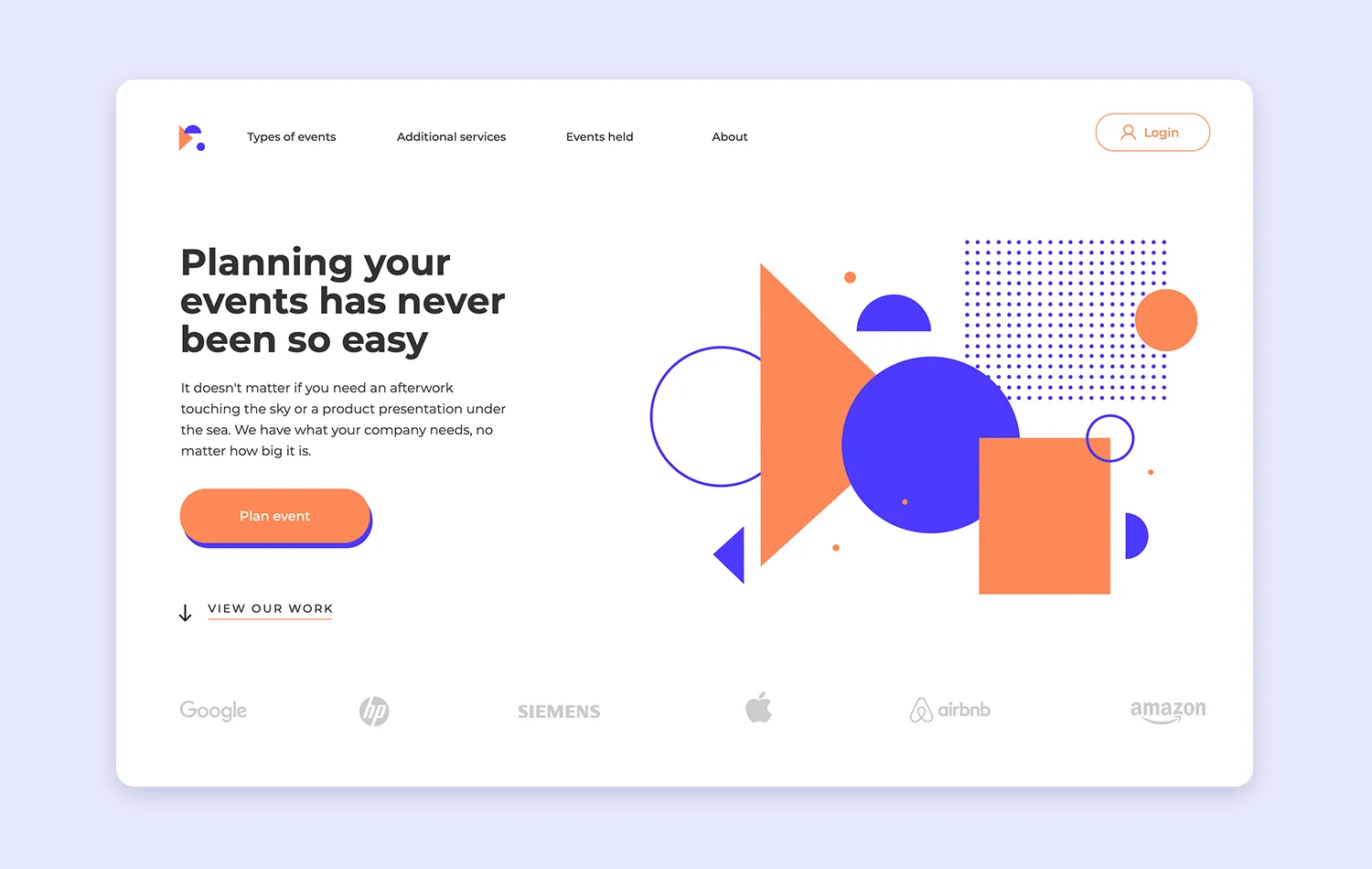
You can choose Leadpages for creating fast-loading, high-converting websites with an easy drag-and-drop builder.
Step 5: Test Your Website
Testing your website is crucial to ensure it performs effectively. It helps you identify what works and what doesn’t. Without testing, you’re relying on guesswork instead of real data.
Small tweaks, like adjusting colors or headlines, can boost your conversion rate significantly. It also ensures your site stays user-friendly and relevant to your audience.
A/B Testing
One of the best methods is A/B testing. Compare two versions of a page to see which performs better. Test elements like headlines, images, and CTAs to find what drives conversions.
What to Test
Start with key components like your homepage, landing pages, and checkout process. Test navigation menus, button placements, and forms for usability.
Continuous Improvement
Testing isn’t a one-time task. Keep testing as your audience grows or preferences change. Regular updates based on results ensure your website stays optimized for conversions.
Invest in testing to gain insights that drive business growth. It’s a simple way to maximize your site’s potential and achieve your conversion goals.
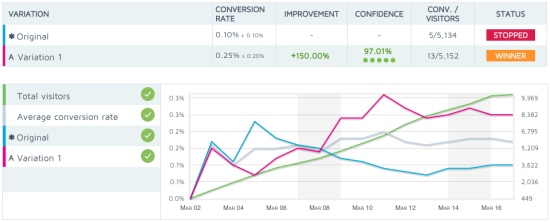
Conclusion
A website is your online storefront. It’s your brand’s first impression. You wouldn’t want a cluttered, messy storefront, would you?
It should be inviting, stylish, and showcase your products perfectly. Choosing the right template is like picking your brand’s outfit. It should reflect your personality: modern, classic, or playful.
But looks aren’t everything. Your website must also be functional. Can visitors find what they need easily?
Is it simple to navigate and make purchases? Think about your customers. What experience do you want them to have?
Once you know your needs, start browsing templates. Don’t just pick the prettiest one. Ensure it’s customizable and supports your business goals.
Always test your template before using it. Check how it looks on phones, tablets, and computers. A great website works flawlessly on all devices.
The best website template is beautiful and functional. It makes a great impression and helps visitors easily do business with you.
Take your time, research carefully, and choose a template that reflects your brand and achieves your goals. Success is just a few tweaks away!

